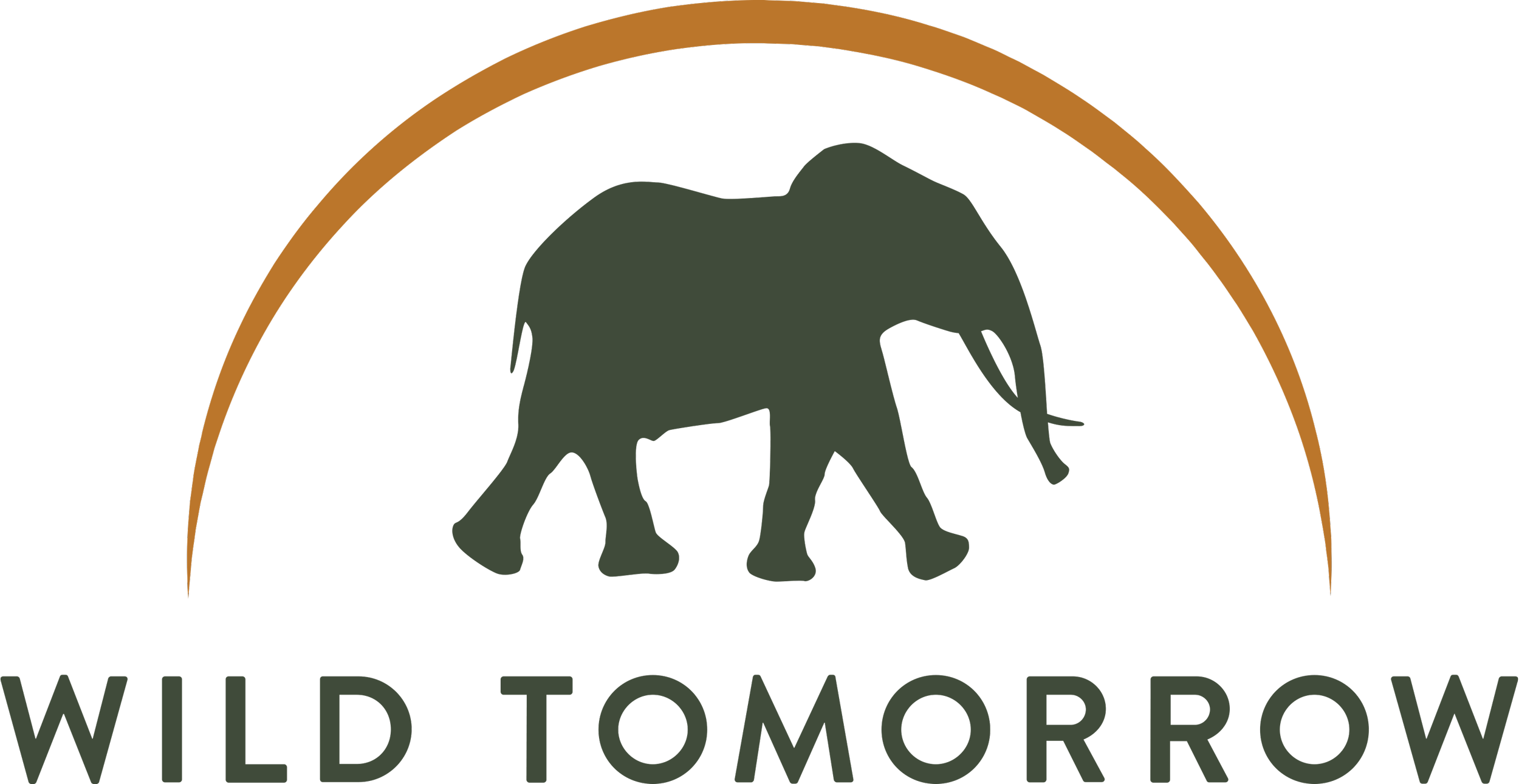OUR SECOND BABY GIRAFFE
We are delighted to announce the newest arrival at our Ukuwela Reserve, a baby giraffe born during lockdown. This second wild giraffe birth at our reserve in KwaZulu-Natal South Africa is a heart-warming symbol of hope and renewal during the COVID-19 crisis. Read more in our latest story below and check out the video of our newest arrival.
Wild and free: Ukuwela’s second wild-born giraffe about to run. Photo by Bernadette Hafkamp
First glimpse of the newborn: a little head peaking out from the grass. Photo by Barbara Wright.
It was a moment of surprise at our Ukuwela Nature Reserve in KwaZulu-Natal, South Africa on May 12th, when our team came across one of our female giraffe, separated from the herd and on her own in tall grass. To the team’s delight (and with much oohing and aahing), they realized that she had given birth. A little giraffe head was just visible above the grass. It was heartwarmingly welcome news during a painful time, as the world remained on pause during Covid-19 lockdown. This baby’s arrival marks the second birth since giraffe were reintroduced to Ukuwela in November 2017.
Licks for the calf. Photo by Barbara Wright.
It can be difficult to tell if a wild giraffe is pregnant, but we had high hopes that we’d welcome another baby this year. Two females were showing signs of pregnancy (i.e. very round bellies), but with a 15-16 month gestation period, it’s hard to predict the arrival date. Even in captivity, the exact timing of giraffe births can be hard to forecast. This was famously the case for April the giraffe who became a global Youtube sensation at an upstate New York zoo. Over 232 million people tuned in to the live feed, hoping to watch the moment of birth, which ended up being a week-long wait.
We can’t live-stream or monitor our giraffe as closely as those in human care but luckily for us, our team just happened to be in the field capturing video footage for our Virtual Event that was coming up in a few weeks. While filming they noticed that one of the female giraffe had separated from the herd. Click on the video below to share in the team’s excitement of seeing our newest giraffe arrival.
Every giraffe’s coat pattern is unique, much like our fingerprints. Our volunteers and staff have photographed our resident giraffe to individually identify them. It was our giraffe named Katherine who is the mother of this newest giraffe baby.
Baby giraffe are born almost 6 feet tall, weighing in around 100kg (220 lbs). They fall to the ground from their mothers who give birth standing up. This sudden jolt to the ground helps to break the amniotic sac and the umbilical cord, and help the baby take its first breath. They’re born fully developed (as you can see here) and stand within 30 minutes to an hour after birth so they can be ready to run from lions and other predators. It was after only a week that Katherine brought her calf back to the herd, and Clinton spotted the two calves running and playing together.
Since 2017 we have re-introduced giraffe on three occasions. Our resident herd now numbers 14, including the two calves. Five giraffe have chosen to leave Ukuwela essentially running through or stepping over our perimeter fence. This isn’t uncommon as male giraffe in the wild will leave the herd once mature to seek females and territory. These escapees are a win for wild ecosystems in our region, strengthening the gene pool. Now that our entire perimeter fence has been upgraded, it is much more difficult for giraffe to move through our boundaries until we are ready to drop fences and expand habitat with our wild neighbors.
The giraffe of Ukuwela are ambassadors for their species, reminding us that the biggest issue facing giraffe is habitat loss. This second wild birth at Ukuwela is a heart-warming symbol of the the restoration of nature and proof of Wild Tomorrow Fund’s vision: saving habitat to save wildlife and restore critical ecosystems.
Thank you to all of our donors who made this beautiful moment in nature possible.
Here you can see the mother’s vulva is still dilated after birth. Photo by Barbara Wright.




